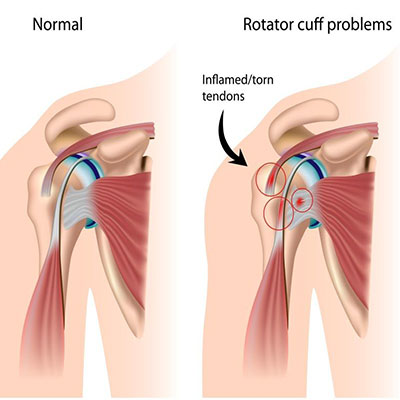Swimmers Shoulder is a general term used to describe impingement pain occurring at the shoulder as a result of swimming.
Swimmers Shoulder can occur in both social and serious swimmers and is not an uncommon problem, with the USA Olympic team in the 1980’s having more than 90% of their squad affected by swimmers shoulder at the one time.
What is Swimmers Shoulder?
Swimmers Shoulder is pain occurring around the front shoulder region as the result of repetitive overuse with usually the overhead strokes (freestyle, butterfly and backstroke). The major contributing factor is often restricted internal rotation of the glenohumeral joint that leads to over protraction of the shoulder complex to compensate for this decreased range during the pull through. Swimmers shoulder (impingement pain) can also occur at other points through the range, and a thorough biomechanical assessment of the upper quadrant (cervical spine and shoulder joint complex) is required for an accurate diagnosis.
Physiotherapy Assessment
Physiotherapy assessment takes into account the aggravating movement to assist with diagnosis of the biomechanical faults leading to the problem. There is often an upper cervical spine component to the injury (due to breathing crookedly to one side with freestyle, or due to excessive upper cervical extension with butterfly), and therefore the cervical and thoracic spines must also be assessed. The scalene muscles of the neck are often tight, and the C1/2 joint complex (50% of rotation occurs here) is often stiff. Shoulder joint rotation is also a key factor, and the Hawkins Kennedy Impingement tests are usually positive. Good thoracic extension range is also a requirement of correct biomechanical form while swimming and thoracic spine stiffness can also be a contributing factor. Decreased hip extension range can also put increased pressure onto the back and therefore the shoulder.
Treatment
Localised treatment to the area of pain to settle inflamed or irritated soft tissues is the first aim of physiotherapy treatment. However, treatment to correct the underlying biomechanical faults must commence as soon as possible to prevent further aggravation and to prevent future reccurrence of the injury. Sometimes, the swimmer must have some time out of the water to enable healing of the swollen or injured structures, but at other times, modified swimming training is able to be continued. Stroke correction may also be required and the physiotherapist will liase with the coach to discuss what components of the stroke are leading to the shoulder pain so stroke correction can be specifically concerned with preventing the condition from returning.


